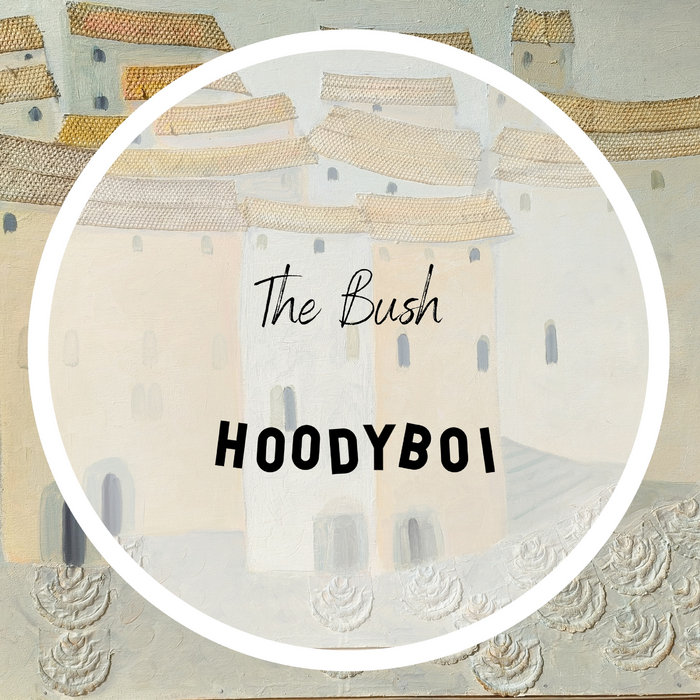
The Bush – HoodyBoi
this blog is GROOVY – check out great Soul, Funk, Jazz, Hip Hop, Bass, Breaks , Reggae, House n many more TUNES
Welcome to the funky world of feel good beats, a mesmerizing blend of rhythms and melodies that make you want to dance, smile, and just let loose! You know those tracks that just hit right? The kind that makes your thoughts drift away while your feet tap uncontrollably. Let’s dive into the history behind these sonic gems and sprinkle in some funny tidbits about musicians who helped shape this happy sound.
Our journey kicks off way back in the early 20th century with jazz. Picture it: smoky clubs filled with laughter, clinking glasses, and sweet tunes flowing from trumpets and pianos. Artists like Louis Armstrong threw down some serious grooves that got people feeling all sorts of good vibes.
As jazz evolved in the ’50s, rhythm & blues (R&B) started popping up on the scene. This genre mixed soulful melodies with upbeat tempos—perfect for those feel good moments! Ray Charles and Aretha Franklin delivered unforgettable tracks that could lift anyone’s spirits faster than a double espresso!
Ray Charles once said he wanted his music to be “the soundtrack for people living their lives.” He also had a pet dog named “Guitar,” which is pretty strange considering he was blind!
Jumping into the late ’70s—enter disco! With its iconic four-on-the-floor beat, disco sent groovy waves through dance floors everywhere. Artists like Donna Summer and the Bee Gees knew how to get folks moving under glittering disco balls. Who wouldn’t want to spin around like John Travolta in Saturday Night Fever?!
Disco wasn’t just about dancing; it was an explosion of culture—a celebration of freedom! And don’t forget how Saturday night became synonymous with fun because everyone was out grooving until dawn.
The Bee Gees wrote “Stayin’ Alive” as part of a movie soundtrack but were super nervous about its success since they thought it sounded “too goofy.” Spoiler alert: It turned out okay!
As we roll on into the ’80s, reggae made waves beyond Jamaica’s shores thanks largely toBob Marley. His laid-back vibe combined catchy hooks with messages promoting peace and love; what’s not feel-good about that? Songs like “Three Little Birds” remind us there’s no need to worry because every little thing is gonna be alright.
Reggae brought sunshine straight into our hearts—even if we didn’t have sandy beaches nearby!
Did you know Bob Marley performed at a concert while holding onto his microphone stand? At one point he dropped it mid-song but continued singing without missing a beat—true pro move!
Fast forward two decades later when hip-hop marched onto center stage bringing fresh energy! In the ’90s, artists like Will Smith released tracks filled with joy & positivity such as “Gettin’ Jiggy wit It.” Paired alongside funky beats from producers like Pharrell Williams—a whole new vibe erupted!
Hip-hop blended various styles creating upbeat songs perfect for parties or chill hangouts alike; whether you’re trying hard NOT TO DANCE at work or breaking out moves during karaoke night—it worked every time!
Will Smith famously rejected an offer from Kanye West years ago because he claimed rapping about being sad wasn’t really his style… might’ve been better off saying yes though?!
By now you might notice infectious hooks are essential ingredients in crafting feel-good beats—the ‘00s gave rise pop-punk stars such as blink-182 who teamed pop melody fuzziness within punk rock aesthetics giving us catchy bangers loaded up positivity unlike anything before them.
Songs such as Kelly Clarkson’s “Since U Been Gone” blasted through radios reminding us sometimes breakups lead liberation rather than sorrowful endings—we learn confidence can spark joyous celebrations instead doubting ability bounce back post heartache !
Fun Fact Alert 🚨:
Kelly Clarkson initially thought her breakup anthem would tank because she thought audiences wouldn’t connect…but look where THAT took her…chart-topping glory baby!!
Now here we are today—not only do we still groove along classic favorites but streaming platforms curate endless playlists dubbed feel-good vibes galore ready save day whenever needed most!! So whether listening background tunes life events hosting friends parties casual hangouts – there plenty options serve positive energy boost away troubles outside universe around each song spun digitally across airwaves operating seamlessly together interconnected inspirational journey modern era delivers utmost meaningful experiences individually collectively !
Oh—and don’t forget those TikTok dances taking over social media while carefully choreographed movements paired popular oldies newer hits carrying nostalgic flavors allowing never-ending exploration creativity blending genres uniting cultures globally ! 🙌✨💃🏼🎶
So there you have it—the delightful evolution of feel-good beats throughout musical history sprinkled humorously throughout our tale. From jazz clubs buzzing harmony shared rave reviews lighthearted enjoyment simplicity found everyday moments enjoyed over lively sounds leaves smiles wide grins transforming ever-changing landscape enriching lives eternally beckoning uplifted spirits guide way brightening dark days ahead—they’ll always remain fondly cozy spot nestled deep hearts everywhere across planet earth making everyone sway oh-so-GROOVY together fostering connections simply beautiful fullest extent possible manner imaginable using nothing apart GOOD MUSIC ! 🎉

The Bush – HoodyBoi